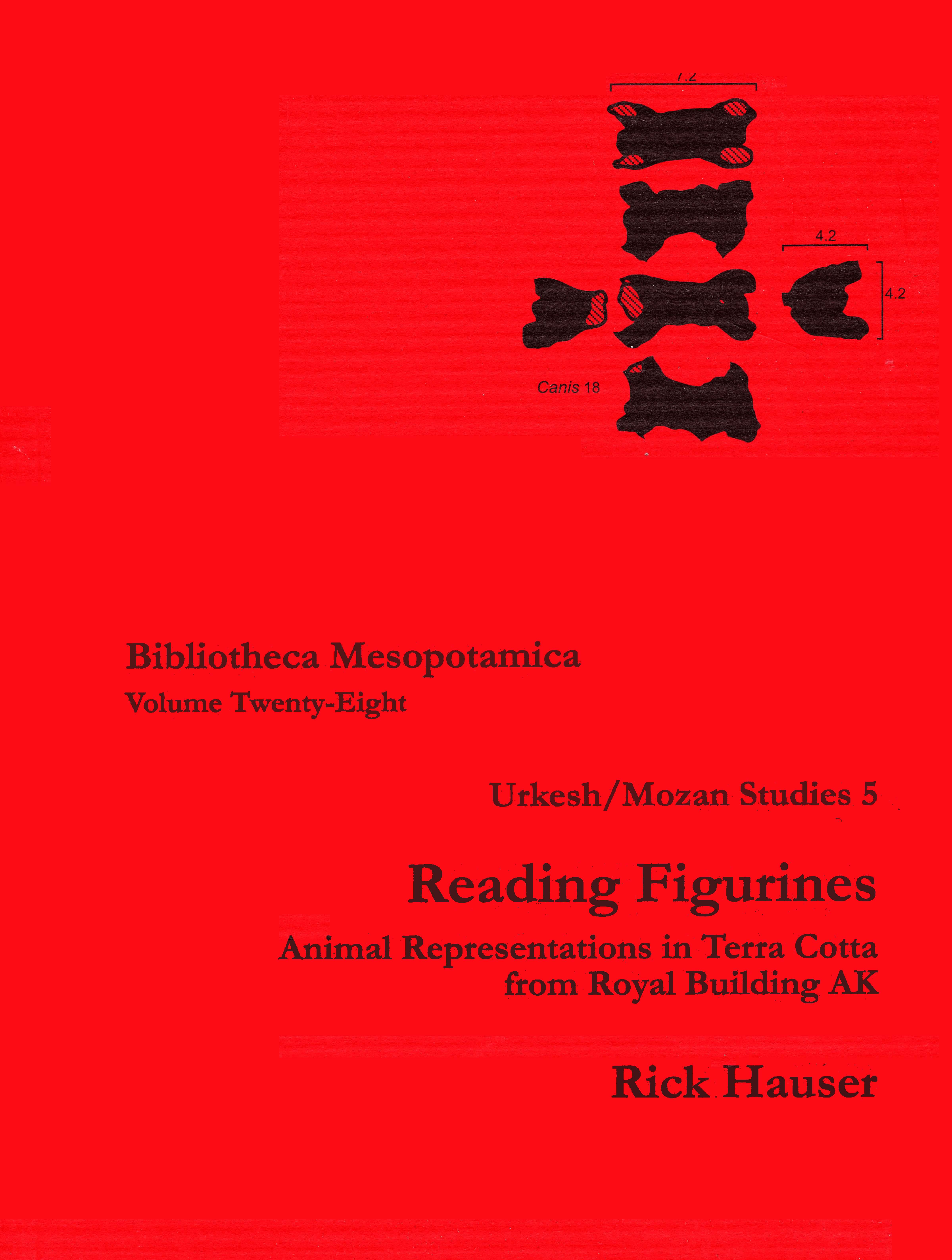As for the tone and written style, I have kept in mind field reports that I have found particularly readable, namely, Mallowan's work on Arpachiya, Chagar Bazar, and Tell Brak (Mallowan 1936, 1937); Parrot's prose, including his summaries of Mesopotamian archeology (Parrot 1946 I, 1953 II); the Braidwood volumes on the Zagros flank (Braidwood 1983), including the frank and practical evaluations provided by Morales on the figurines from Sarab and Cayonii (for a more complete survey, see Morales 1990). Each of these studies is characterized by expansiveness and by a willingness to share information about context and process as well as artifact; the text moves effortlessly among these three aspects of archzological documentation without straining credulity or compromising the analysis. To the contrary.
Some of these narratives are downright lively. I have wanted this text to be the same, so that the general reader might also find the subject and the treatment inviting. This narrative rather frequently speaks in the first person (singular and plural). This seemed natural and appropriate. I have felt that the personal process of discovery and the way a certain line of reasoning developed would be useful to others engaged in the analysis of artifacts, perhaps the more so as classification procedures are reevaluated.
|
